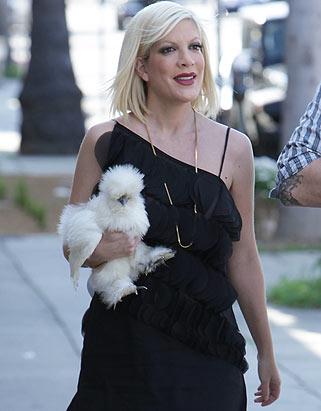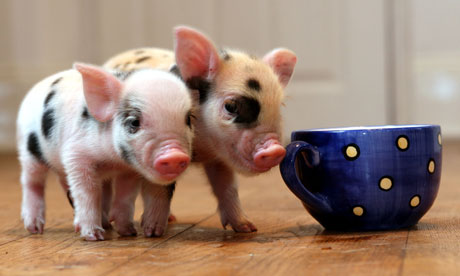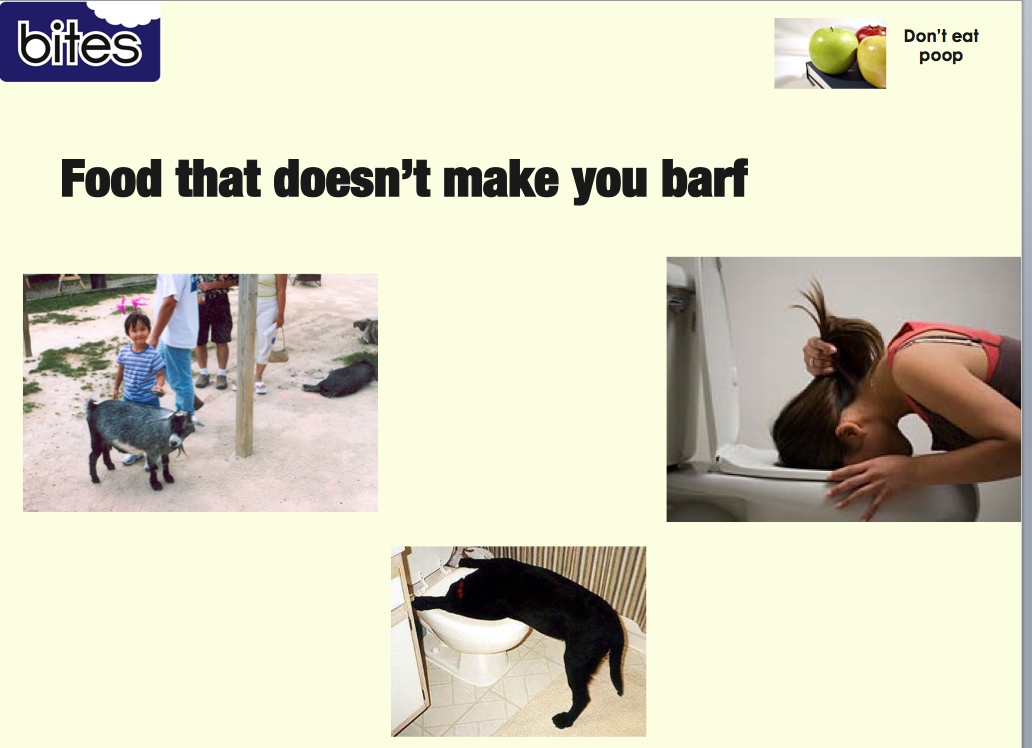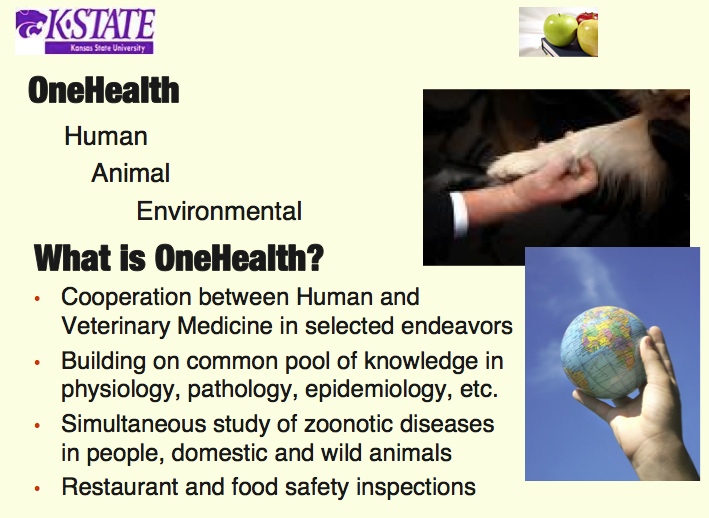With 64 kids now stricken with E. coli O157 related to visits at the Godstone farm in Surrey, the responses from the folks who run petting zoos could be a little more sympathetic, a little more reflective.
.jpg) Instead, as reported by the Guardian tonight (tomorrow in the U.K.), Geoff Ford, who runs Docker Park farm in Lancashire, where children can feed pygmy goats (see 1999 Ontario Western Fair outbreak, below) by hand and stroke rabbits, said any ban would affect "children’s environmental education” stating,
Instead, as reported by the Guardian tonight (tomorrow in the U.K.), Geoff Ford, who runs Docker Park farm in Lancashire, where children can feed pygmy goats (see 1999 Ontario Western Fair outbreak, below) by hand and stroke rabbits, said any ban would affect "children’s environmental education” stating,
"It’s going to get hyped up out of all proportion. It does away with children’s environmental education. It’s important that children realise what a chicken is, what a calf is – often they come here and ask ‘is that a horse?’… We have run our farm for 20 years with no problems. But there is only so much you can do if people don’t listen. The farm at the source of the outbreak in Surrey had big signs all over the place telling people to wash their hands, but some people don’t give a damn."
The U.K. Department of Health responded today by announcing that the advisory committee on dangerous pathogens would be reviewing the current guidance on open farms and will advise on the need for additional precautions "in the light of the current outbreaks of E coli O157."
A Department of Health spokesman told the Telegraph,
“The risk of infection from E-coli O157 through petting farm animals can be prevented by following everyday good hand hygiene measures.”
All of these statements have serious problems.
.jpg) • 64 kids sick with E. coli O157 is not hysteria, it sucks;
• 64 kids sick with E. coli O157 is not hysteria, it sucks;
• anyone who says, “we have run our farm for 20 years with no problems” is unwilling to learn and a hazard to public health;
• telling people to wash their hands is insufficient – proper handwashing requires access to proper tools;
• even with proper tools, signs are not enough, as we showed with our recent handwashing compliance study at a university residence when everyone was barfing and awareness was high; and,
• the best handwashing may not be enough — the E. coli O157:H7 that sickened 82 people in 2002 at the Lane County Fair in Oregon appears to have spread through the air inside the goat and sheep expo hall.
Scott Weese, a clinical studies professor at the University of Guelph (Canada) and colleagues reported in the July 2007 edition of Clinical Infectious Diseases that in a study of 36 petting zoos in Ontario between May and October of 2006, they observed infrequent hand washing, food sold and consumed near the animals, and children being allowed to drink bottles or suck on pacifiers in the petting area.
He observed similar failures yesterday.
So after 159 people, mainly children, were thought to be sickened with E. coli O157:H7 traced to a goat and a sheep at the 1999 Western Fair in London, Ontario, and eight years after all Canadian fairs were urged to adopt 46 recommendations to enhance petting zoo safety, many are still doing a lousy job.
Bill Marler has compiled a list of outbreaks related to petting zoos. We’ve previously reported at least 29 petting zoo related outbreaks in North America alone.
These petting zoo experiences raise questions: how best to motivate fair managers to provide petting zoos that are microbiologically safe? Should the urban public be allowed to interact with livestock at all? Should petting zoos be inspected, as restaurants are, and the results displayed?
If 64 sick kids is hysteria, conversation is useless and regulation required.
 people in general have a poor understanding of the risks involved with animals in the transmission of zoonotic diseases.
people in general have a poor understanding of the risks involved with animals in the transmission of zoonotic diseases.
.jpg) interacting with animals. The summary is below. The complete report is available at
interacting with animals. The summary is below. The complete report is available at  After public health and animal welfare experts inspected them, council officials ordered them to be shot dead.
After public health and animal welfare experts inspected them, council officials ordered them to be shot dead. infected host, enabling the bacterium to persist and ultimately spread to unaffected individuals. This finely balanced mechanism, observed in both laboratory and animal models, could be relevant to other pathogens involved in foodborne diseases.
infected host, enabling the bacterium to persist and ultimately spread to unaffected individuals. This finely balanced mechanism, observed in both laboratory and animal models, could be relevant to other pathogens involved in foodborne diseases. set to warn this week that they risk spreading dangerous diseases.
set to warn this week that they risk spreading dangerous diseases..jpeg) write it down. Bureaucrat 101 – write it down, have to do it; so don’t write it down.
write it down. Bureaucrat 101 – write it down, have to do it; so don’t write it down. The American Medical Association and the American Veterinary Medical Association have approved resolutions supporting ‘One Medicine’ or ‘One Health’ that bridge the two professions. Rudolf Virchow, the Father of Modern Pathology, and Sir William Osler, the Father of Modern Medicine, were outspoken advocates of the concept, which was re-articulated in the 1984 edition of Calvin Schwabe’s Veterinary Medicine and Human Health.
The American Medical Association and the American Veterinary Medical Association have approved resolutions supporting ‘One Medicine’ or ‘One Health’ that bridge the two professions. Rudolf Virchow, the Father of Modern Pathology, and Sir William Osler, the Father of Modern Medicine, were outspoken advocates of the concept, which was re-articulated in the 1984 edition of Calvin Schwabe’s Veterinary Medicine and Human Health. Drawing on the agency’s experience in past animal health emergencies, the One Health initiative aims to make a key contribution to the global response to disease outbreaks, implementation of effective prevention and containment strategies and management of risks of disease emergence, including improving knowledge of disease-emergence drivers in livestock production and in associated ecosystems.
Drawing on the agency’s experience in past animal health emergencies, the One Health initiative aims to make a key contribution to the global response to disease outbreaks, implementation of effective prevention and containment strategies and management of risks of disease emergence, including improving knowledge of disease-emergence drivers in livestock production and in associated ecosystems. prepared food for some time before it was finally diagnosed.
prepared food for some time before it was finally diagnosed..jpg) Instead,
Instead, .jpg) • 64 kids sick with E. coli O157 is not hysteria, it sucks;
• 64 kids sick with E. coli O157 is not hysteria, it sucks;